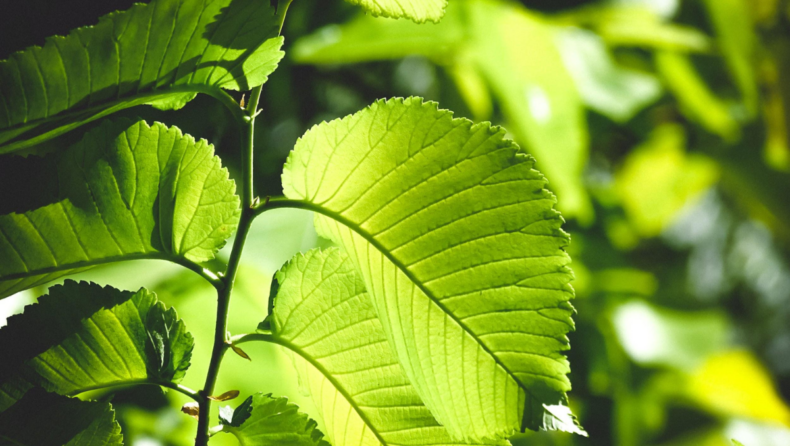A study recently revealed that food can be grown artificially in the dark through a vital process and could prove to be critical in many applications such as in space.

Process of Artificial photosynthesis
A group of research scientists from the University of Delaware and UC Riverside has formulated a process to grow vegetables and plants under no influence of the sun and in complete darkness through the process of ‘Artificial Photosynthesis’.
The researchers were successful in growing food plants in an ‘Acetate medium’ that replicated the biological process of photosynthesis.
The scientists made use of a two-step electrocatalytic process that converted carbon dioxide, electricity, and water into molecules of acetate. This acetate was used up by the plants in their growth process.
This process, if merged with solar power panels, can increase the efficiency of the sunlight conversion process up to 18 folds more than the actual process of photosynthesis.
An electrolyzer was used in this study to convert carbon dioxide into acetate. By doing this, the output was maximized to support holistic growth since the output of acetate was increasing and the amount of salt which is a byproduct was decreasing.
This led to the highest amounts of acetate ever produced before through an electrolyzer till now.
Using a state-of-the-art two-step tandem CO2 electrolysis setup developed in our laboratory, we were able to achieve a high selectivity towards acetate that cannot be accessed through conventional CO2 electrolysis routes.
Author Feng Jiao, University of Delaware
In the study, this technology demonstrated tremendous potential in helping to grow a large variety of food-producing organisms in a fully dark environment such as fungi, yeast, and most importantly green algae. Using this technology to produce algae would be 4 folds more efficient than growing it through photosynthesis.
This technology also increases the production of yeast by 18 times than its typical cultivation from sugar derived from corn.
Scientists have also probed further to see if this technology grows tomatoes, green pea, tobacco, rice, etc, and they are successfully grown in the darkness.
This provides an opportunity to grow food without being dependent on the sun and also eliminates any chances of the crisis of growing food under potential threats like droughts and floods and many other problems.













